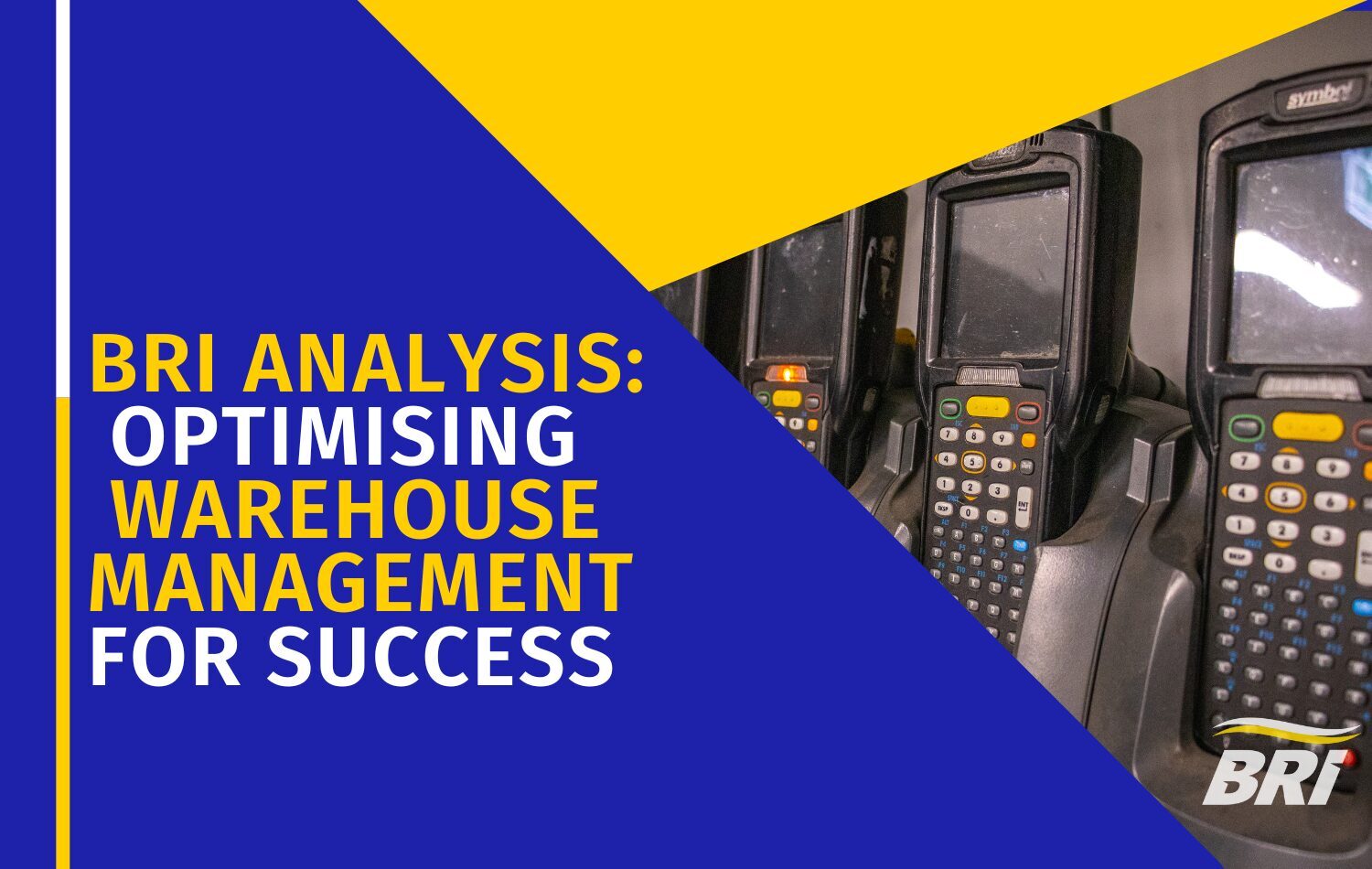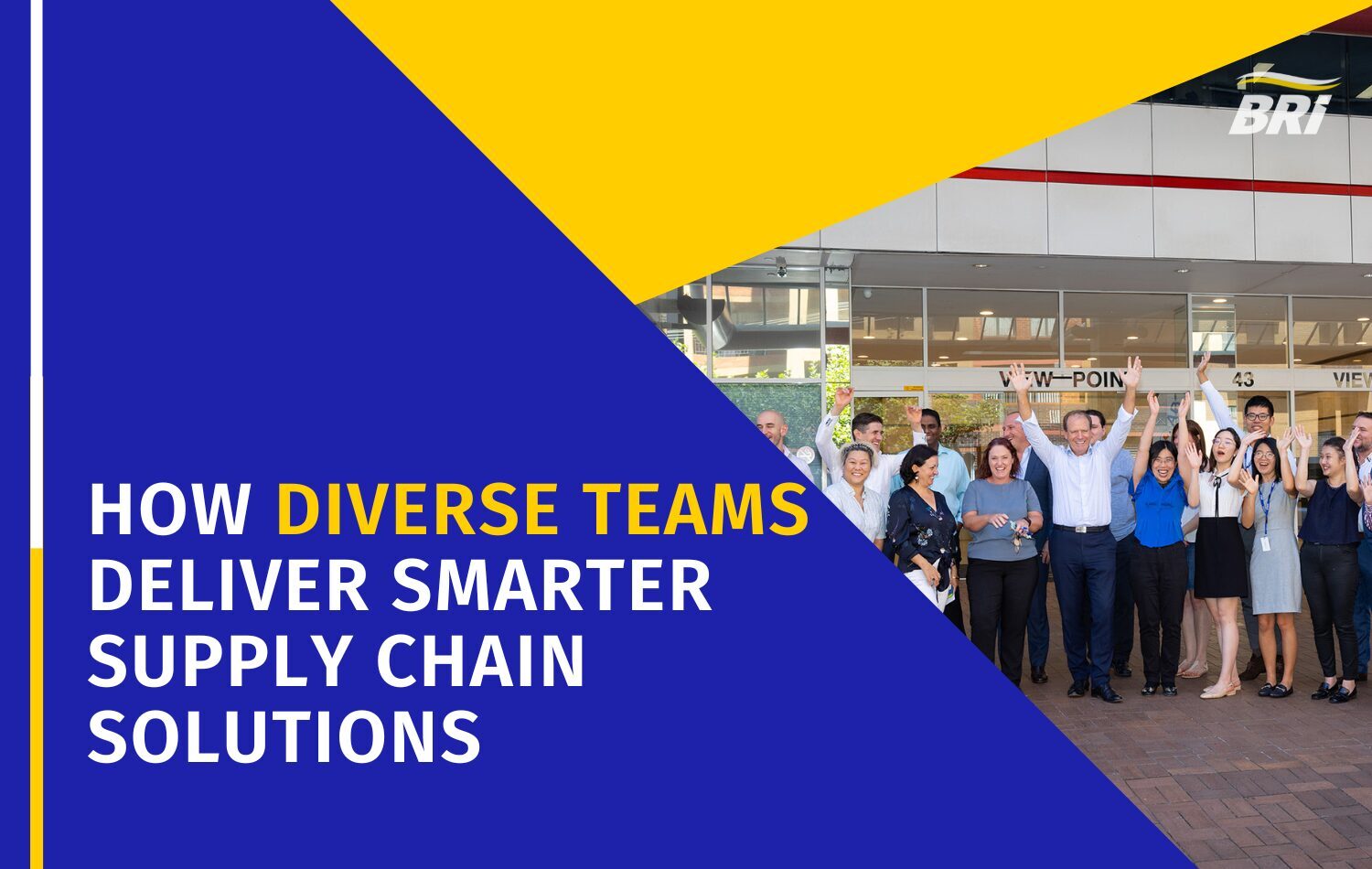In today’s dynamic business environment, characterised by escalating customer expectations and intricate global supply chains, companies face a multifaceted challenge: how to effectively manage costs, complexity, and evolving customer demands. This challenge is particularly pronounced in sectors like freight forwarding, logistics, supply chain and warehouse management, where operational efficiency and precision are paramount.
Evolving Customer Demands
Over the past decade, customers have gained unprecedented influence, driving demand for swift, precise, and customised deliveries—all while pushing for cost reductions. The advent of next- and same-day delivery has set a new standard, compelling businesses to adapt swiftly. Failure to meet these heightened expectations can result in financial penalties, chargebacks, and reputational damage.
Compounding the complexity is the evolving nature of customer relationships, with companies now serving diverse markets through online channels, mobile platforms, and cross-industry collaborations. This expansion necessitates heightened visibility and adaptability in supply chain management, as products traverse longer distances and reach new markets.
Navigating Regulatory Landscapes
Regulatory pressures further add to the intricacy, with high-profile recalls underscoring the need for meticulous tracking and documentation. Extended supply chains amplify the risk of costly recalls, highlighting the importance of immediate access to data on product lots, serial numbers, and shipping locations. Compliance with regulations is not merely desirable—it is essential for survival in a fiercely competitive market.
Warehouse Operation Challenges
Within this intricate landscape, manufacturers and distributors grapple with three primary challenges: ineffective order management, soaring labour costs, and underutilisation of assets. Traditional ERP systems often lack the automation and transparency needed to tackle these issues effectively, leaving companies at a disadvantage.
However, forward-thinking companies view these challenges as catalysts for innovation. At BRi we have embraced the challenges and implemented Infor’s Tier 1, state-of-the-art, web-based WMS, resulting in enhanced efficiency, slashed costs, and optimised resource utilisation. These solutions transcend conventional ERP systems, offering a suite of capabilities including inventory optimisation, task prioritisation, and workforce management.
Key Components of Advanced Warehouse Management
Advanced WMS offers a comprehensive approach to material flow, from inbound processing to outbound shipping. They provide detailed inventory tracking, streamlined order processing, and optimised task allocation. Features like RF and voice-directed picking enhance productivity, while labour management tools optimise workforce performance. By addressing these critical areas, we can achieve substantial cost savings and pass these on to our clients.
We have leveraged technological enablers such as mobile devices, collaborative platforms, and actionable analytics. A user-centric interface ensures seamless adoption and empowers users to make informed decisions swiftly.
In Conclusion
In an era defined by relentless customer demands and intricate supply chains, the significance of advanced WMS cannot be overstated. By embracing innovative solutions and leveraging technology, companies can streamline operations, drive down costs, and consistently meet customer expectations.



